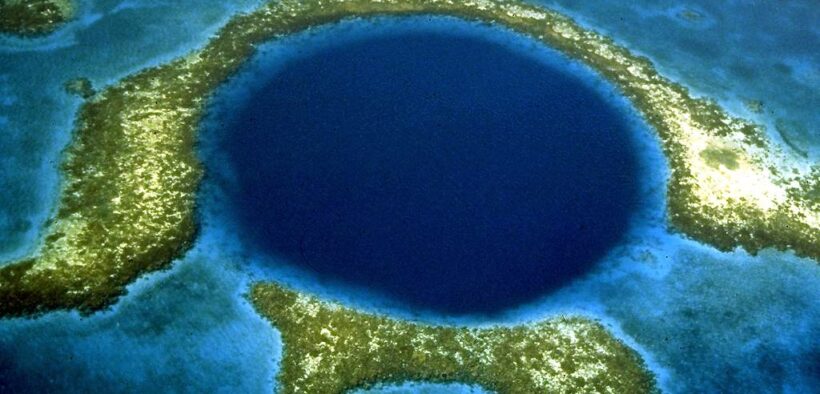Researchers discover second-deepest Blue Hole in Mexico
Share

Researchers discovers the world’s second largest blue hole in Mexico which could potentially provide a window into life on other planets. The giant, underwater cavern is about 900 feet deep and has an area of 147,000 square feet located in Chetumal Bay. It’s the second largest ever discovered after the Dragon Hole in the South China Sea, which is more than 980 feet in depth and was first found back in 2016. Blue holes are home to ancient limestone caves carved into the ocean floor. Due to an accumulation of dead bacteria from fallen trees and leaves, these lesser-known inland blue holes are black in appearance and devoid of light. From the surface, they appear as nothing more than swamps, but what lies beneath is incredible. Blue hole has little oxygen and sunlight only shines on the surface. Even with these conditions, these gigantic voids are teeming with life that has adapted to the low-oxygen environment.

















